Lajpat Nagar Metro Station, Block M, New Delhi, 110024
|096506 82102
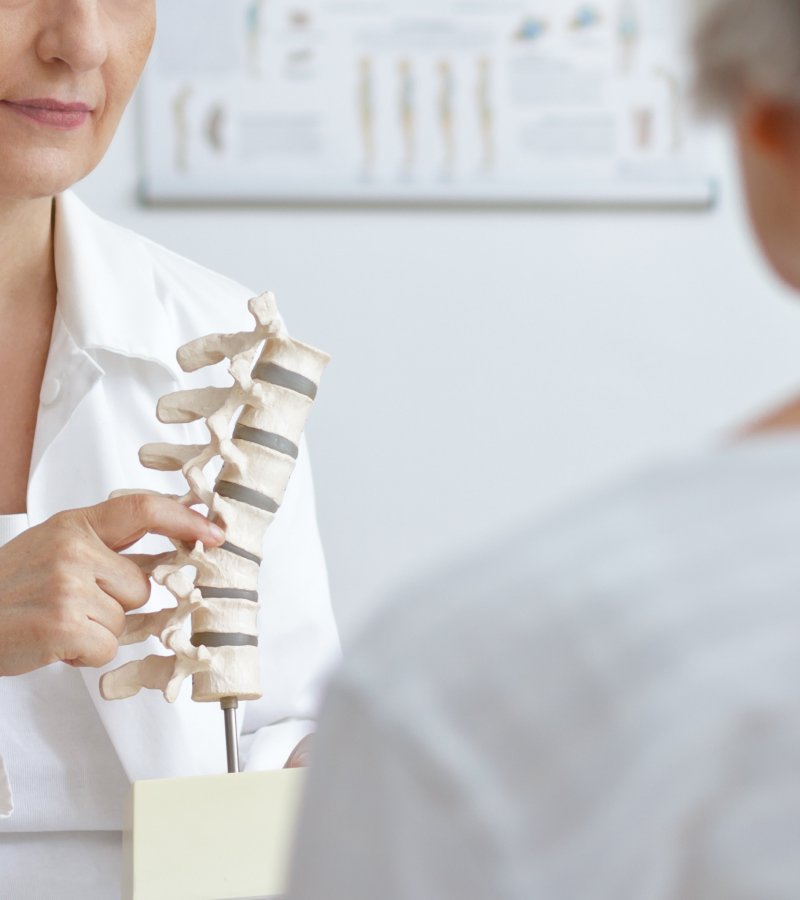
Spinal Stenosis : An Overview
The Normal Spinal Canal
Spinal Stenosis
Spine specialist hospital in Delhi, we recommend non-surgical treatments, medication, and therapy to rectify this spinal condition. Kindly consult our orthopaedic experts to diagnose and treat lumbar canal stenosis.




Spinal Stenosis: Risk Factors
Spinal Stenosis: Causes, Symptoms & Warnings
Causes
- Connective tissues - ligaments (ligamentum flavum ) get thicker
- Facet hypertrophy (over growth of joints in the spine)
- Spondylolisthesis – Slippage of one vertebrae over another with displacement of disc (pseudo disc bulge) compressing the nerves
- Degenerative scoliosis – deformed curvature of spine as a consequence of degeneration of spine
- Previous lumbar surgery (post-surgical scaring)
- Infection – Uncommon cause
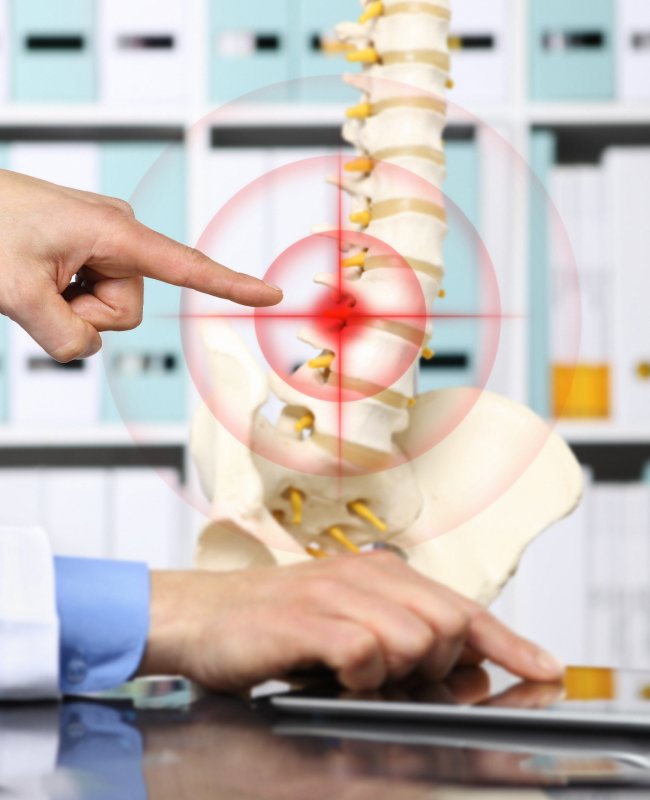
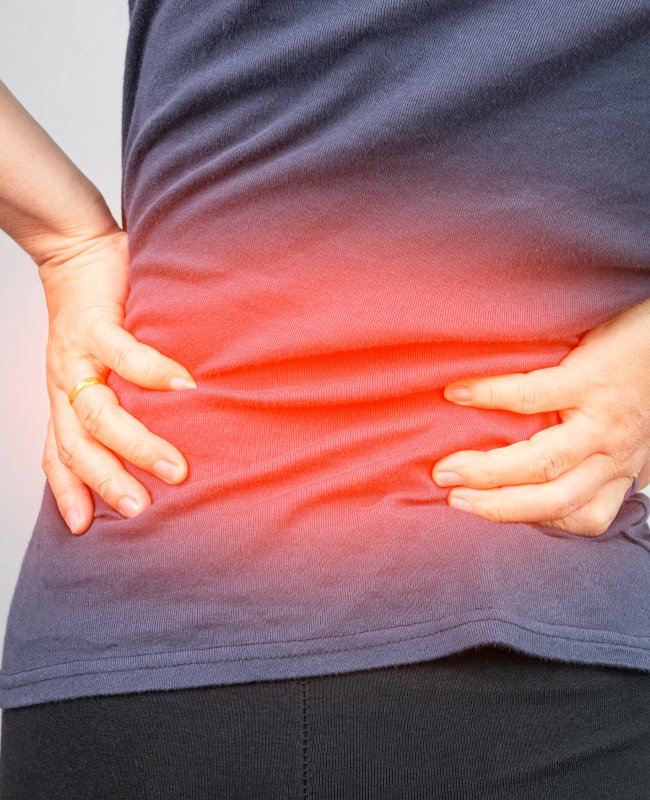
Symptoms
- Pain in the buttocks, hips and legs or ROOT BLOCK: PAIN MANAGEMENT FOR SCIATIC PAIN AND SLIP DISC - Less pain with leaning forward or sitting or lying, pain aggravates on bending backwards (unilateral or bilateral)
- Difficulty in walking – Neurogenic claudication – Cramping in the calf with walking, requiring frequent multiple short rests to walk a distance
- Pain in the legs at rest
- Numbness or tingling in legs
- Loss of sensation in the feet
- Weakness in Legs
- Weakness in the foot that causes the foot to slap down when walking
- Sexual dysfunction
Spinal Stenosis: Tests & Diagnosis
Our specialists will conduct a physical examination to evaluate your symptoms and your medical history before recommending the most appropriate diagnostic tests like:
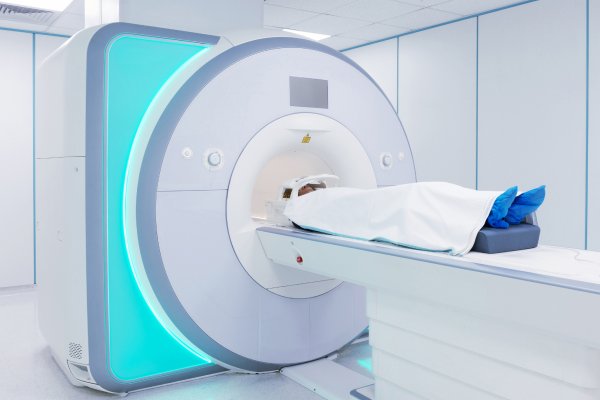
MRI is a noninvasive imaging method of choice to justify the presence of anatomic narrowing of the spinal canal or the presence of nerve root impingement.
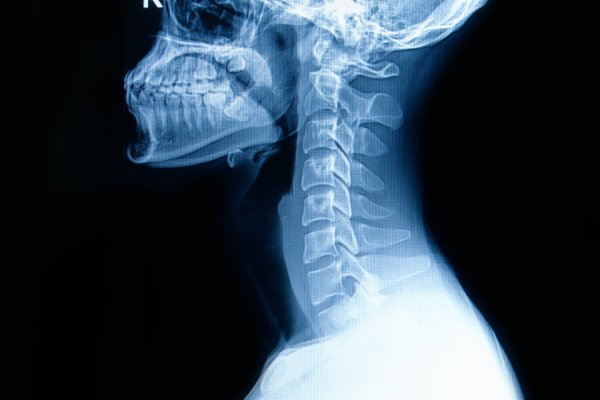
X-rays to identify any spur growths that may be compressing your spinal nerves or narrowing the spinal canal.
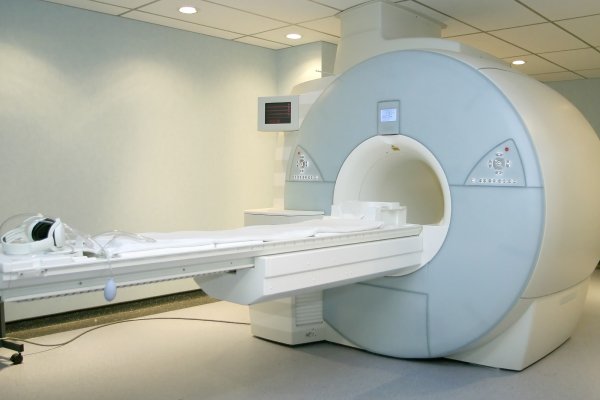
CT scan taken after injecting a contrast dye
Spinal Stenosis: Surgical Treatments
- Back and leg pain limits normal activity or impairs quality of life
- Progressive neurological deficits develop (leg weakness, foot drop, numbness in the limb)
- Loss of normal bowel and/or bladder functions
- Difficulty standing or walking
- Failed medical therapy
Decompression
Spinal fusion
- In both cases you are made to walk on next day morning
- Immediate relief of leg pain is felt
- Minimal operative site pain and back pain as a result of surgery is expected with numbness in leg at times
- Benefits of surgery appear to last for many years (long term relief)
